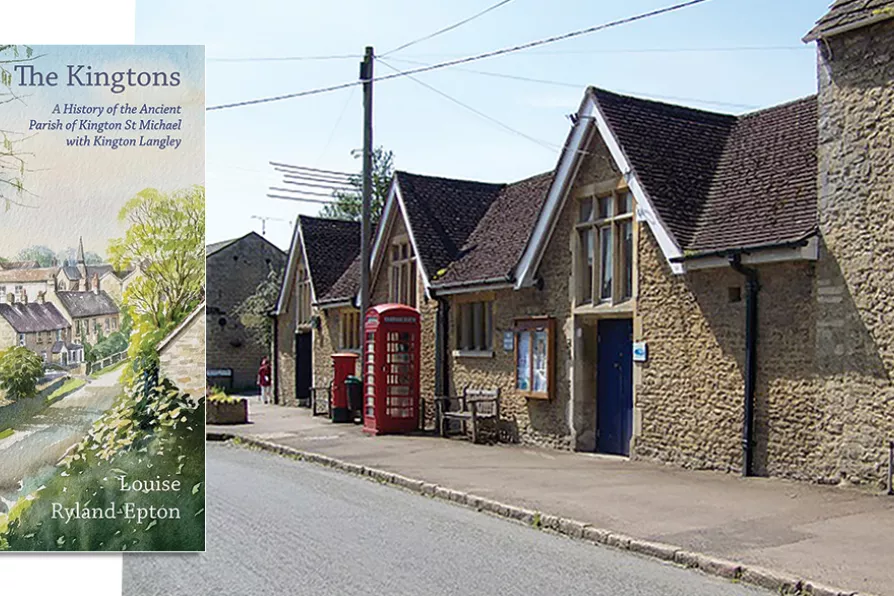JOE GILL speaks to the Palestinian students in Gaza whose testimony is collected in a remarkable anthology

 TOP-PRESS EXCLUSIVE: Public phone, located in Kington St Michael, almost certainly used by Jeremy Corbyn to receive socialist instructions from Aneurin Bevan
[Maigheach-gheal/CC]
TOP-PRESS EXCLUSIVE: Public phone, located in Kington St Michael, almost certainly used by Jeremy Corbyn to receive socialist instructions from Aneurin Bevan
[Maigheach-gheal/CC]
The Kingtons: A History of the Ancient Parish of Kington St Michael with Kington Langley
Louise Ryland-Epton
Hobnob Press, £14.95
IN 2015 members of the national press descended on the small village of Kington St Michael in Wiltshire looking for dirt on the then leader of the opposition, Jeremy Corbyn. Alas for them there was little memory of the socialist family that had lived in the village in the 1950s. While a Cllr Corbyn had left their mark in the minutes of the parish council, the family had moved out by the time young Jeremy was seven.
Had the press decided to do actual research they might have found numerous more interesting stories of life in this slightly isolated rural parish that stretches back 1,000 years. Louise Ryland-Epton does the hard archival work in this excellent book and uncovers real lives and a changing community with a degree of granularity that bigger histories often overlook.

MARTIN HALL welcomes a study of Britain’s relationship with the EU that sheds light on the way euroscepticism moved from the margins to the centre

ALEX HALL is unsurprised by the evidence of systemic corruption in the US, and unsettled by the undertone of alarm












